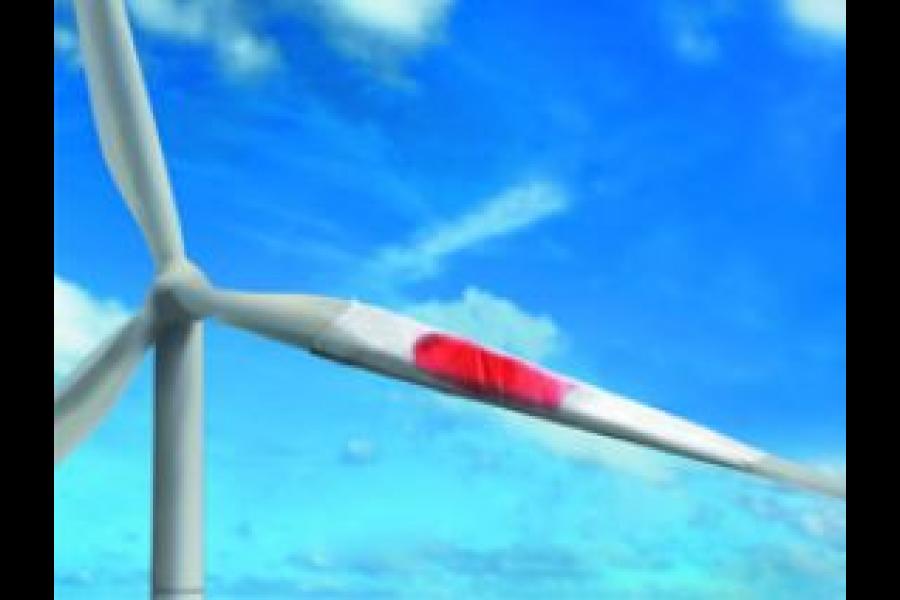Suzlon's China Sale- Why the World's Largest Wind Market Just Got Tougher
So what’s happening beyond the Great Wall? Suzlon says that the Tianjin plant sale is in line with its plan to let go of non-critical assets. But isn’t China the world’s largest wind energy market? And any wind energy company with ambitions of playing on the global stage should be there.
Update: Suzlon says that while it has sold its turbine manufacturing plant in China, it will still continue to service its existing customers in the market. The company also says that while it has larger turbines in its portfolio (REpower), it cannot compete on costs compared to the Chinese manufacturers.
It was surprising to hear that Suzlon has sold its China (Tianjin) manufacturing plant to China Power New Development Company. While the Indian energy company urgently needs cash to repay debt, I didn’t think this is how it would play out. Late last year, in a meeting with Forbes India, chairman Tulsi Tanti had spoken passionately about the China opportunities and learnings on low cost sourcing.
Also this week, Vestas announced that it is closing down its plant in China to cut costs. Read more about it here: http://www.reuters.com/article/2012/06/25/vestas-china-idUSL5E8HP19120120625
So what’s happening beyond the Great Wall? Suzlon says that the Tianjin plant sale is in line with its plan to let go of non-critical assets. But isn’t China the world’s largest wind energy market? And any wind energy company with ambitions of playing on the global stage should be there. Total wind installations have grown from about 346 MW in 2000 to 42, 287 MW in 2010. And according to experts this could well reach 13-14 GW in the next five years. Suzlon, of course, was among the first wind energy companies in the world to spot the China opportunity in 2006 when it started there with a manufacturing capacity of 900 MW. So, just when did China get non-critical?
One part of the story is sad but familiar. Suzlon has had a rough few years. As things stand, it needs to about $ 360m, to repay foreign currency convertible bonds due next month. Sale of the Tianjin facility has fetched $ 60 million. The cash is more than welcome. In the last few years, Suzlon has been on an asset selling spree, undoing all the backward integration it had put in place in the heydays of 2004-07.
Is the company out of trouble yet? A Suzlon spokesperson says that the company is in advanced stage of negotiations to raise about $ 300m from its senior secure lenders. “I think an announcement on this is just days away and we are very confident that we will be able to pay off our bond holders,” he said.
The second part of the story is about what’s happening in China. Despite being one of the earliest entrants, Suzlon’s manufacturing plant hasn’t been producing much in the last two years. “The market is changing towards bigger machines. It is moving to 3 MW onshore turbines and 6 MW offshore,” the spokesperson said. Suzlon doesn’t have any products in its portfolio with which it can compete with the Chinese manufacturers in the large turbine space. Similarly, Vestas has said that it does not foresee the kilowatt category turbines to grow much which is why it is closing down the Hohhot plant. This plant produces the V52-850 and V60-850 KW turbines. None of the global players like Vestas, GE, Sulzon and Gamesa have been able to crack the market. A senior official at Gamesa India says that it is impossible to compete with the Chinese manufacturers on costs. He also said, most government contracts favor Chinese companies.
The thoughts and opinions shared here are of the author.
Check out our end of season subscription discounts with a Moneycontrol pro subscription absolutely free. Use code EOSO2021. Click here for details.

